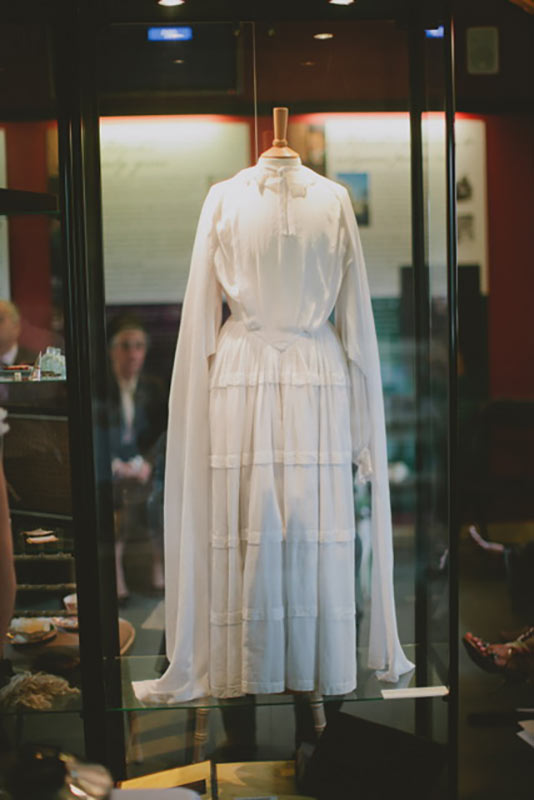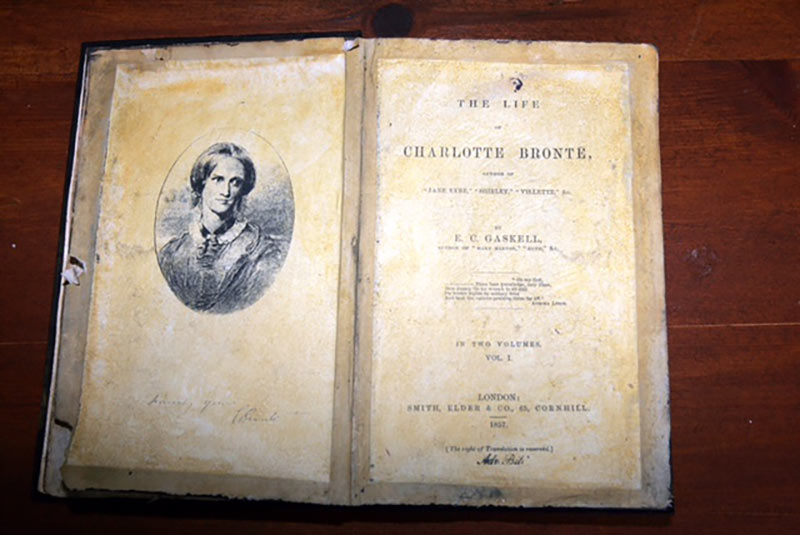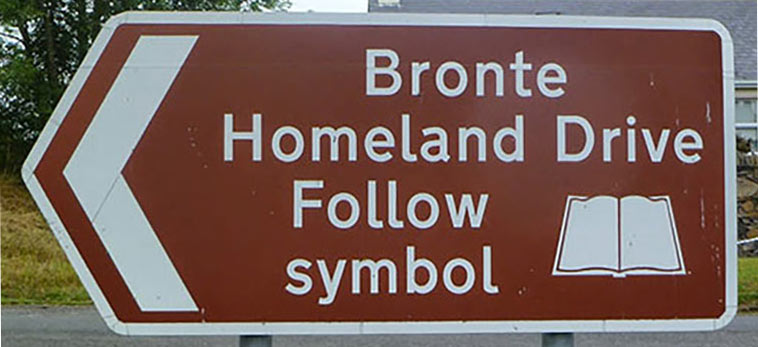But the chances are that many of Patrick’s spellbinding stories were set, not in the famous Dales, but in the equally beautiful Mourne countryside around the village of Rathfriland, where he was born, raised, worked as a teacher and preached his first sermon.
Today, it’s possible to relive that early inspiration for the extraordinary talented Brontë, sisters in a special Brontë Homeland trail that weaves around the delightful countryside in the foothills of the lovely Mourne Mountains where their father grew up.
Patrick Brunty was the first of Hugh Brunty and Alice McClory’s ten children. Born on St Patrick’s Day, March 17th, 1777, he grew to be an imposing man, “tall, well formed and of good presence with fine and almost classic features.”
The start of the signposted ten-mile trail reflects two great loves of Patrick’s life, preaching and teaching. It was at the now beautifully restored Drumballyroney Church, in Church Hill Road, that the father of the Brontës preached his first sermon following his return from Cambridge after his ordination in 1806. In recent years this hugely atmospheric church has become renowned as the venue of the popular Brontë Folk Club.
Next door is the old schoolhouse where Patrick taught as a young man. His daughters would have known all about the long evenings in which the youthful Patrick studied by candlelight, bringing his education up to the standard required by Cambridge University, where he would study theology at St John’s College. It was at Cambridge that he changed his surname from Brunty (or Prunty) to Brontë. An exhibition here tells his story in detail.



